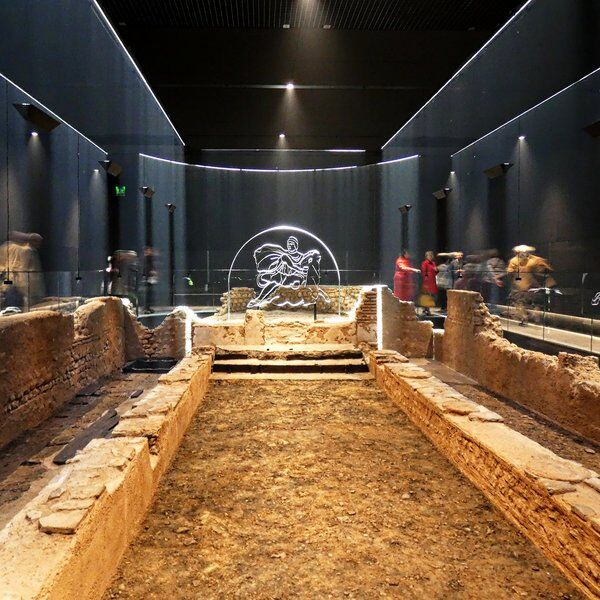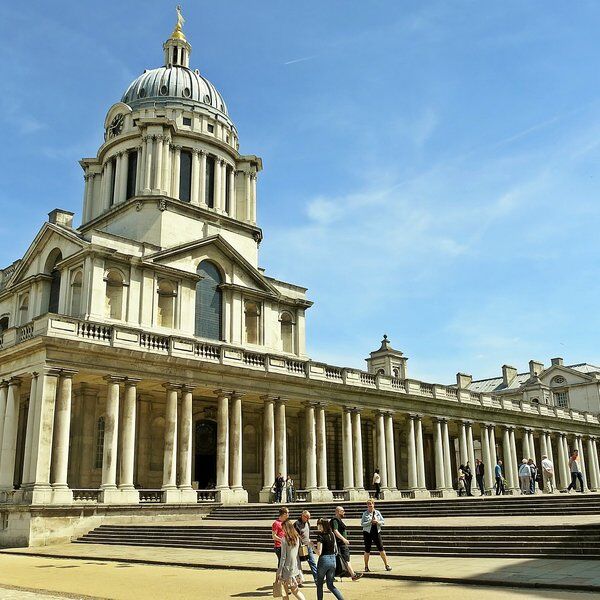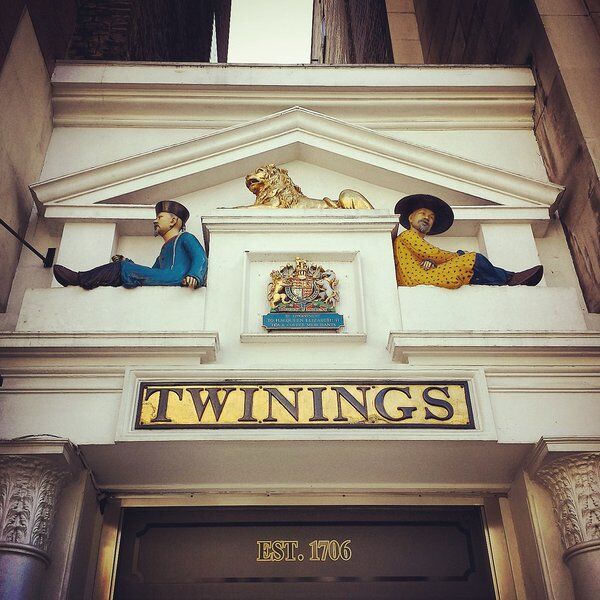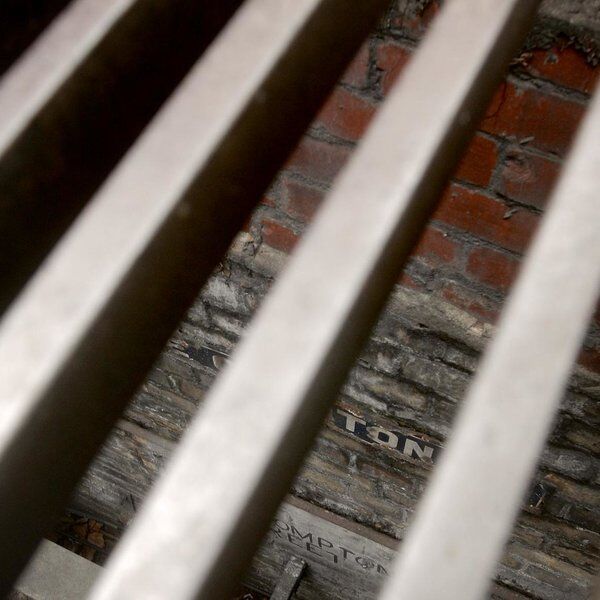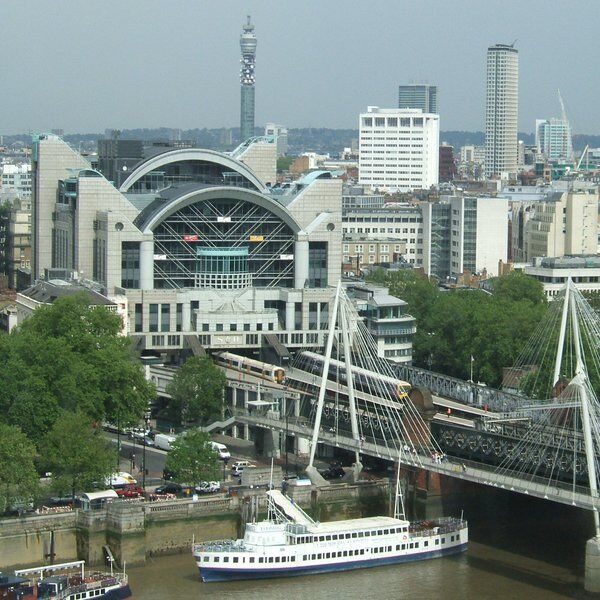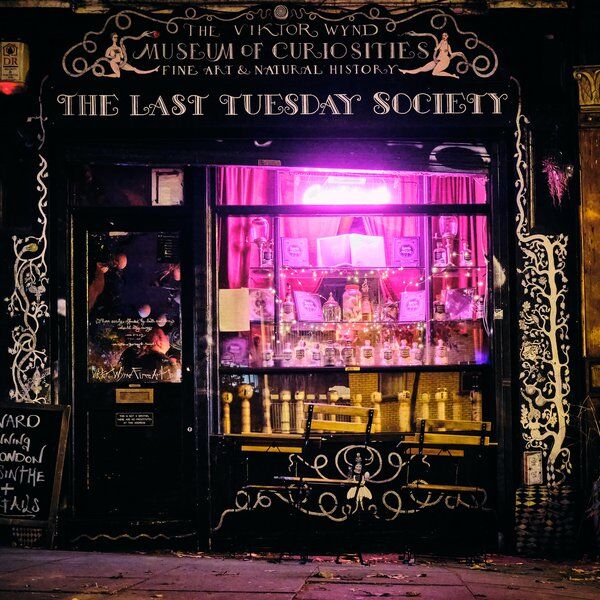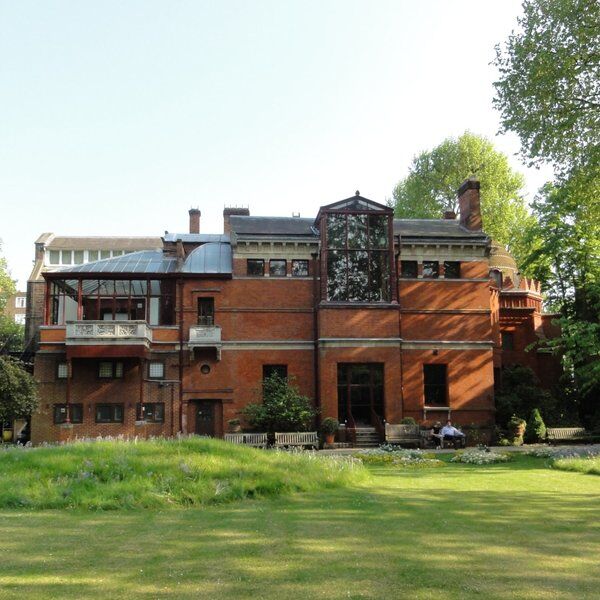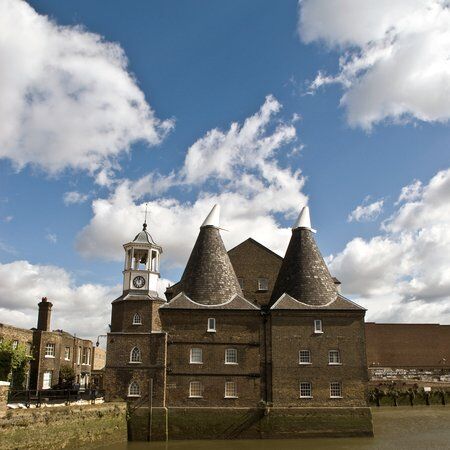
The Doomsday book having been completed in 1086, the history of Three Mills Island dates back to at least the 11th Century AD. These early mills would have most likely been used to grind up flour for the making of pastries and breads.
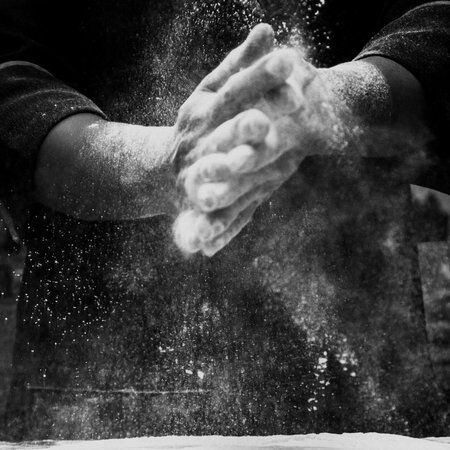
Multi-Purpose Mills
Over the years, however, the mills on this island were put towards multiple uses.
In the 16th Century, for example, with the invention of the musket, one of the mills was repurposed. No longer would it grind up foodstuffs, but now it would be devoted exclusively to gunpowder.
Fortunately, this did not last. During the 17th Century gin became a hit and grain was, once again, back in vogue. This time, however it was not to be used for foodstuffs. Oh no! The grain from Three Mills Island was reserved for the distillation of hard liquor.
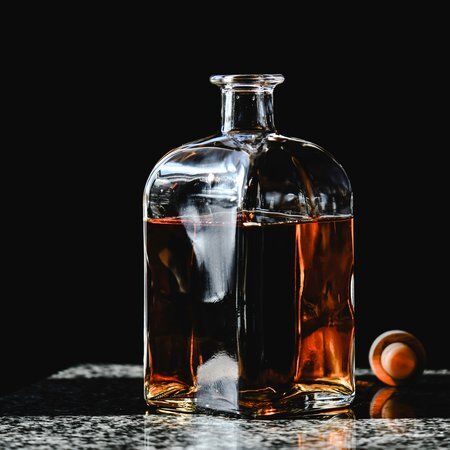
The Mills Go Full Circle
This would continue right up until 1941, when war-related food shortage lead to the temporary cessation of distilling and grain could be eaten once more. Unfortunately, in the same year, Three Mills Island suffered significant bomb damage and the Miller's House was completely destroyed.
Of the mills still standing today, the 18th Century House Mill is the largest surviving tidal mill in the world, and the Grade II listed Clock Mill now plays host to Three Mills Film Studios.
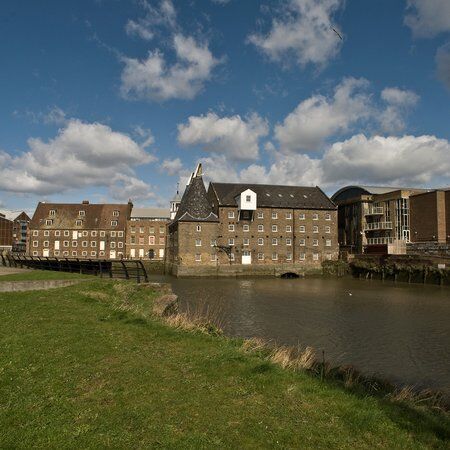
One more thing...
Three Mills Island is also a great place to enjoy some art. As part of The Line, London's first dedicated public art walk, the island now boasts Thomas Price's huge and thought-provoking sculpture Reaching Out.
Interested in finding more places like this? Try one of our Treasure Hunts in London - untangle cryptic clues as a team, as you are taken on a journey to the most unique, unusual and bizarre corners of London.





